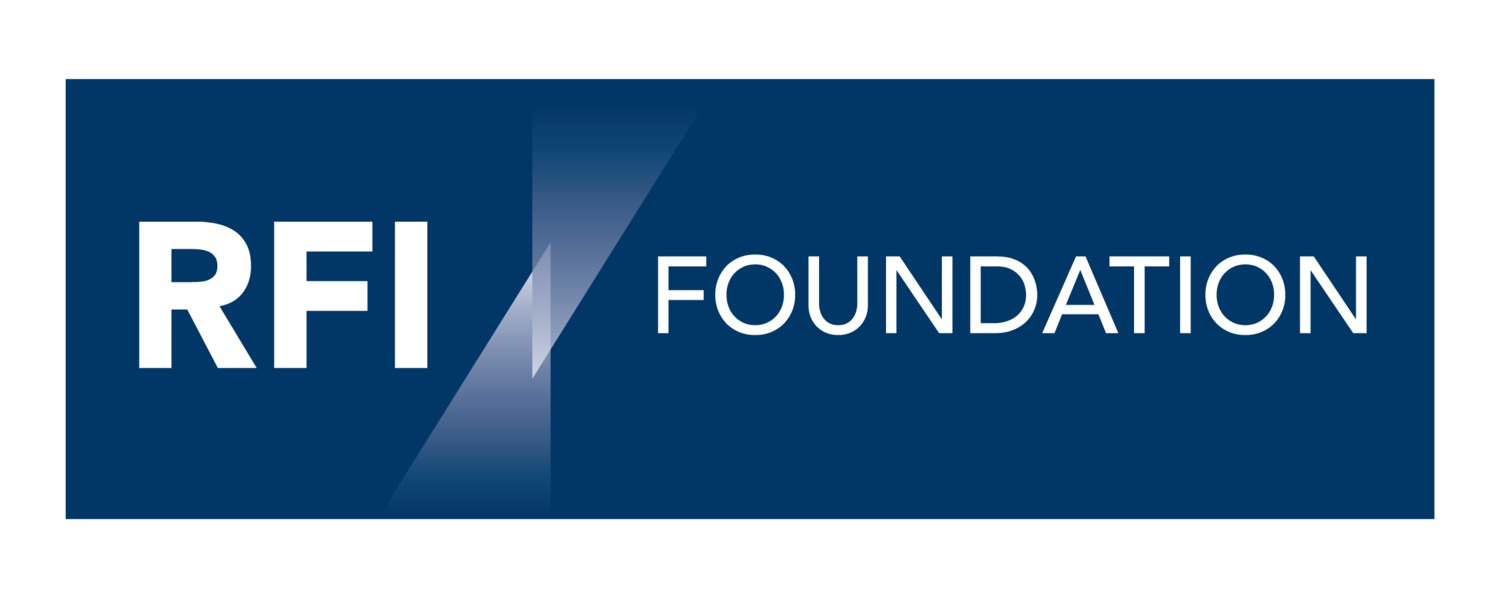RFI Newsletter Articles
Filter by date
Filter by topic
- ACMF 1
- AI 2
- ASEAN 3
- ASEAN Taxonomy 2
- Banking Supervision 1
- Biodiversity 2
- Blue Economy 3
- Blue Finance 1
- Blue Finance Challenge 1
- COP28 3
- CSRD 2
- Carbon Credits 1
- Central Asia 1
- Climate 1
- Climate Disclosures 6
- Climate Mitigation 4
- Climate Risk 21
- Climate Scenario Analysis 2
- Climate Stress Test 3
- Climate risk 1
- Coal Phase-Out 1
- Credit Ratings 1
- Derisking 2
- ESG 6
- Emerging Markets 13
- Emissions Intensity 1
- Ethical Finance 1
- FinTech 3
- Financed Emissions 6
- Financed Emissions Data 7
- Financial Institutions 9
- Financial Materiality 1
- Financial Shocks 1
- Financial Stability 2
- GCC 2
- GHG Protocol 1
- GVI Hub 3
- Global Stocktake 1
- Green Bonds 3
- Greenwashing 2
- ISSB 1
- Institutional Investors 1
- Islamic Banking 3
- Islamic finance 2
- Just Transition 5
- MAS 1
- MENA 2
- MSMEs 1
- Maqasid 1
- NGFS 3
What do banks gain by pursuing Net Zero objectives?
Net zero financial institution alliances have been shaken up in recent months, with some banks, particularly those from the United States, withdrawing from alliances or pulling back on their commitments. In this context, a recent research paper explores the economic case for Net Zero banking, and explains why banks' self-interest, quite apart from ethical obligations to stakeholders, supports continued efforts in transitioning towards Net Zero goals.
The paper highlights two key ways in which banks gain from pursuing a Net Zero objective: reducing risks (default risk in particular); and capturing opportunities for financing growth in expanding segments related to decarbonization. The greatest challenge to banks’ efforts on decarbonisation is an underlying tension around both types of Net Zero financing.
Financing the decarbonisation of existing high-carbon companies can be associated with “exposure to stranded assets, green regulations, and carbon-emitting sectors [that] may mean greater risk for bank lending portfolios”. Meanwhile, financing new decarbonisation technology “might be seen as riskier, with growth orientations rather than stability properties”.
As regulators increase their focus on the impact of climate-related risks on financial stability, they will produce incentives for banks that over time help to resolve the tension in risk properties. Although this isn’t the focus of the research, which centres around economic incentives for banks to support the transition to Net Zero, the regulatory benefit of being able to demonstrate your preparation to manage climate risks is something—along with banks limiting their exposure to areas with high physical climate risk—that helps banks prepare for future policy changes and other climate-related risks.
Each bank will approach the transition with different opportunities to pursue based on the heterogeneous characteristics of different institutions, and there won’t be a single, one-size-fits-all approach. This is likely to be particularly true with markets, such as many within the OIC, where transition risks intersect with physical risks, as well as with regulatory risks originating locally and those connected with key export markets.
OIC banks can improve their climate impact by learning from the challenges of global banks
In the face of rising concerns over greenwashing, OIC banks have an opportunity to enhance their climate impact by learning from global banks' challenges. While the pace of responsible finance targets has quickened, so has the scrutiny from stakeholders and regulators. An analysis by RepRisk indicates that greenwashing risks for companies have fallen for the first time since 2019, highlighting the evolving landscape financial institutions must navigate. With an increasing emphasis on transparent and actionable climate targets, OIC banks can draw valuable insights from the Transition Pathways Initiative's (TPI) recent report on transition in the banking system, which underscores the importance of comprehensive target-setting and decarbonization planning.
The report sheds light on the pitfalls faced by larger banks, such as overly narrow climate targets and the lack of comprehensive disclosures on capital market activities. As OIC financial institutions and those in Islamic finance aim to decarbonize their portfolios, they must consider sectoral relevance, the materiality of emissions, and the integration of broader metrics like the Energy Supply Financing Ratio. Ultimately, the focus should shift from merely disclosing targets to implementing strategies that drive real-world economic changes, thereby aligning with global efforts to limit warming and promote a Just Transition.
Emerging markets need to be able to absorb much more climate finance than they do today
Following the COP 28 climate summit in Dubai, there will need to be a redoubled effort to drive finance in the direction of alignment with the transition. International private climate finance in particular will need to rise by 15 times from current levels. One of the major challenges in driving this growth is that it often relies on data to guide and assess whether financing flows are moving consistently with the Paris Agreement or inconsistently with these global objectives.
Trying to create a singular measurement of climate risk can distract from urgent efforts to address climate change
A short brief from the Environmental Defense Fund digs into some of the challenges of interpreting the financed emissions data released by financial institutions. It examines the disclosures made by two U.S.-based financial institutions on absolute emissions and emissions intensity, and it looks behind the numbers to illustrate a point about the way that financial institutions report their financed emissions.
Time To Iterate New Approaches To ‘Transition Finance’ Within ASEAN
Regulatory authorities in Southeast Asia are providing guidance for financial institutions looking to support decarbonization with reference to transition finance. One consultation released by the Monetary Authority of Singapore (MAS) focuses on banks and finance companies, while the ASEAN Capital Markets Forum (ACMF) approved guidance targets institutions looking to capital markets.

